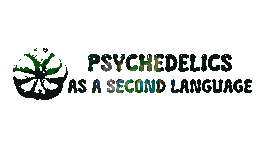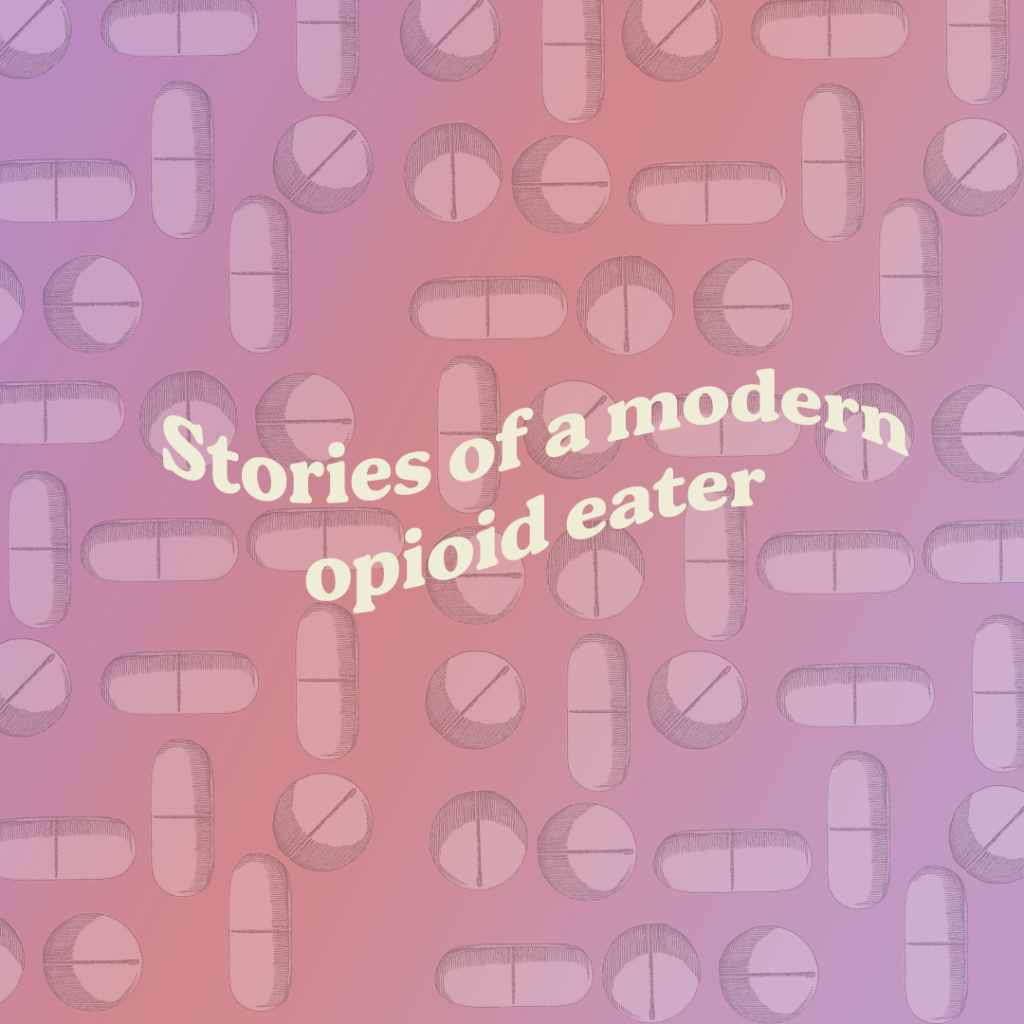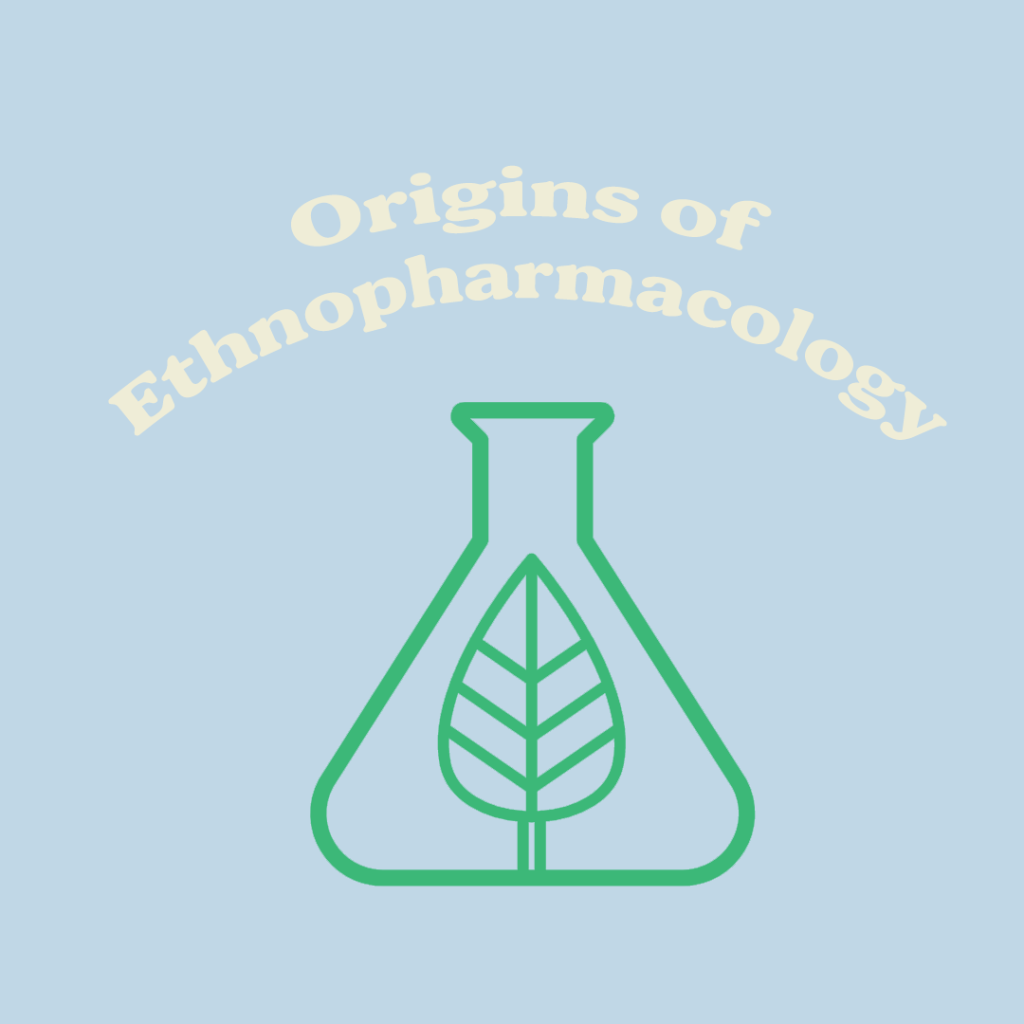Stories of a modern opioid eater
From Daquince’s use of opium to the modern era, many stories of opioid users have been lost. For that reason, we cover the stories of two opioid- users Benzzzy and Calvin, from what led them to their addiction, their difficulties during this period, their advice for people who might be going through addiction, and their current status.
In addition, we discuss the pharmacology student Anthony Furrule (@science_and_anonymous) about opioid prescription, opioid alternatives, the use of Ibogaine or its analogs for the treatment of addiction, and Narcan-resistant Fentanyl.
Stories of a modern opioid eater Read More »


